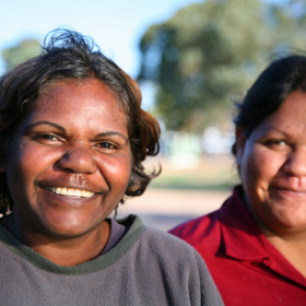This project sought to develop a resource planning tool for use by health planners in relation to alcohol, tobacco and other drug (ATOD) treatment for Aboriginal and Torres Strait Islander1 people. It is a project which has focussed on identifying the elements of ATOD care suitable for Aboriginal people, and the funding requirements to deliver that level of care. It was built from the Drug and Alcohol Service Planning Model (DASP Model) and the DASP Decision Support Tool (DASP DST), commissioned by the Ministerial Council on Drug Strategy and undertaken by the NSW Ministry of Health as an Inter Governmental Committee on Drugs (IGCD) cost-shared project between 2010 and 2013 (NSW Ministry of Health, 2012). The final DASP Model and associated report was presented to IGCD in 2013, providing a planning and resource estimation tool for mainstream ATOD treatment service provision. Preliminary work had been undertaken to develop an Aboriginal adaptation. The current project sought to build on that initial work and deliver a useful and relevant tool for health planners, to facilitate improved purchasing of services for Aboriginal people through the identification of evidence-based components of care and the associated resource implications.
The project aimed to:
1. Review the DASP Model care packages for their applicability to and appropriateness for Aboriginal people seeking ATOD treatment;
2. Document the evidence supporting treatment as specified in the revised DASP Model care packages for Aboriginal people;
3. Establish resource estimates for the revised Aboriginal care packages.


